There are quite a few “Starbucks Iced Lemon Pound Cake” recipes circulating around the internet these days… Judging from the ingredients, most of these are made from boxed cake mix (with no butter) or are just basic pound cake recipes with a bit of lemon juice thrown in. I wanted something that would be closer to the original (described by Starbucks as “a moist lemon cake with sweet icing”) that we are all trying to copy – so I decided to tinker around and make up my own recipe.
Now, nothing against cake mix (I use it myself here and there)…I just found it easier to change ingredient proportions around with a from-scratch recipe vs. a cake mix based recipe. Also, for people who have allergies and are looking to substitute specific ingredients – it’s much easier to do so in a scratch recipe than to try to scrutinize labels of all the various cake mixes. In addition, many cake mix boxes have downsized! Have you noticed this? Some of the previous brands used to be 18.25 oz. of cake mix, and are now closer to 16.5 oz. Because of the down-sizing, I’m leery of using cake mix in any of my recipes – because who knows what sized box people will have in their pantries or on the shelves at their markets? And cake mix does not make real “pound cake” – which is supposed to have a denser, tighter crumb (cake mix produces a looser, larger crumb).
My recipe (below) is a hybrid – something between a traditional buttery pound cake and a fluffier oil-based cake. The flavor comes mostly from the zest of the lemon, but the juice is also incorporated into the recipe – as a soaking syrup and glaze. I like to add a bit of lemon extract in addition to the zest to punch up the lemon flavor without making the batter too acidic (as you might get with adding too much straight lemon juice). (Lemon extract is sold in the spice aisle of the supermarket, right next to the bottles of vanilla extract.) While butter is a key ingredient (for flavor and texture), oil and mayo lighten the cake, making it a bit moister than a traditional pound cake.
You will need about 4 large lemons for this recipe – juice and zest. The lemon soaking syrup step is optional, but you will probably have a lot of leftover juice if you don’t do this part – so you might as well do it (it adds a bit more moisture and lemon flavor into the loaf). Yield: 2 loaves.
UPDATE 8/12/13: I received a few emails alerting me that this recipe, prepared exactly as written didn’t work out. I wasn’t sure why this was happening… since every single time I make this pound cake, it works out great… and I get rave reviews. So I checked my notebook (where I write down all of my recipes), and I realized that I must have accidentally posted an earlier version of this pound cake… one of my experimental versions that didn’t turn out. I sincerely apologize if anyone tried this incorrect version! I have corrected the errors, and the ingredient amounts listed below are now accurate. And just to be 100% sure… I made lemon pound cakes this morning, using the corrected recipe listed below, and they turned out exactly how they should.
Lemon Pound cake:
- 1 c. unsalted butter (2 sticks)
- 2 c. sugar
- zest of 3 lemons
- 1/2 c. mayo
- 1/4 c. canola oil
- 1 T. lemon juice
- 2 tsp. lemon extract
- 1 tsp. salt
- 6 eggs
- 4 c. flour
- 2 tsp. baking powder
- 1/4 tsp. baking soda
Lemon Soaking Syrup (optional):
- ~1/3 c. lemon juice (whatever juice you have left)
- ~1/3 c. sugar (same volume as the lemon juice)
Glaze:
- 2 c. powdered sugar
- zest 1 lemon
- 3 T. lemon juice
1. Preheat oven to 350 degrees. Spray two 9″ X 5″ loaf pans with non-stick spray. Zest and juice 4 lemons.
2. Cream the butter and sugar with zest of 3 lemons (set aside the zest of the 4th lemon for use in the glaze). (***Remember, this is a pound cake recipe… so the creaming step is actually very important in producing part of the lift for the cake. When you cream your butter and sugar together, you are also incorporating air bubbles into the mixture – these air bubbles will expand when baking, and will help your cake rise. Make sure you properly cream the butter and sugar for at least 5 minutes – don’t just mix them together and then call it quits.)
3. Add the mayo, oil, lemon extract, lemon juice, and salt. Continue beating until smooth and combined.
4. Beat in the eggs, 2 eggs at a time, until the mixture is smooth and uniform.
5. Sift the flour, baking soda, and baking powder.
6. Dump the dry ingredients on top of the wet ingredients. With a rubber or silicone spatula, fold the flour into the wet mixture, until thoroughly incorporated.
7. Divide the batter between two 9″ X 5″ greased loaf pans. Spread and flatten the top into the corners of the pan with the spatula.
8. Bake the lemon pound cakes for 45 – 50 minutes, until a toothpick inserted into the center comes out clean. Remove from the oven and allow to cool for 10 minutes. (**Make sure the loaves are actually DONE before you remove from the oven. Remember, not all ovens are the same – so you definitely want to check and make sure the centers are fully set before you remove and continue! If the centers are not fully set, bake the loaves longer – adding 5 minutes at a time until they are done.)
9. While the pound cakes are baking, make the glaze by mixing the powdered sugar with the lemon zest and lemon juice. Set aside in a small bowl covered with plastic wrap.
10. (Optional Lemon soaking syrup:) Put the remaining lemon juice into a liquid measuring cup – your total volume should be roughly 1/3 c. (If it is a little more or less, it doesn’t matter that much.) Add an equal volume of sugar, then microwave for 45 seconds. Stir until the sugar is dissolved, and set aside to cool (covered with plastic wrap).
11. (Optional:) Using a toothpick or skewer, poke holes in the loaf, about 1/2″ apart.
12. Then, spread a few tablespoons of the soaking syrup over the surface, allowing it to soak in a little bit at a time.
13. Once the pound cakes are completely cool, remove from the pans, and top with the glaze.

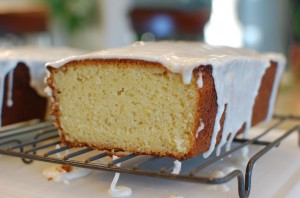
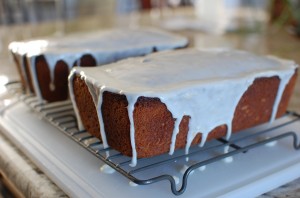
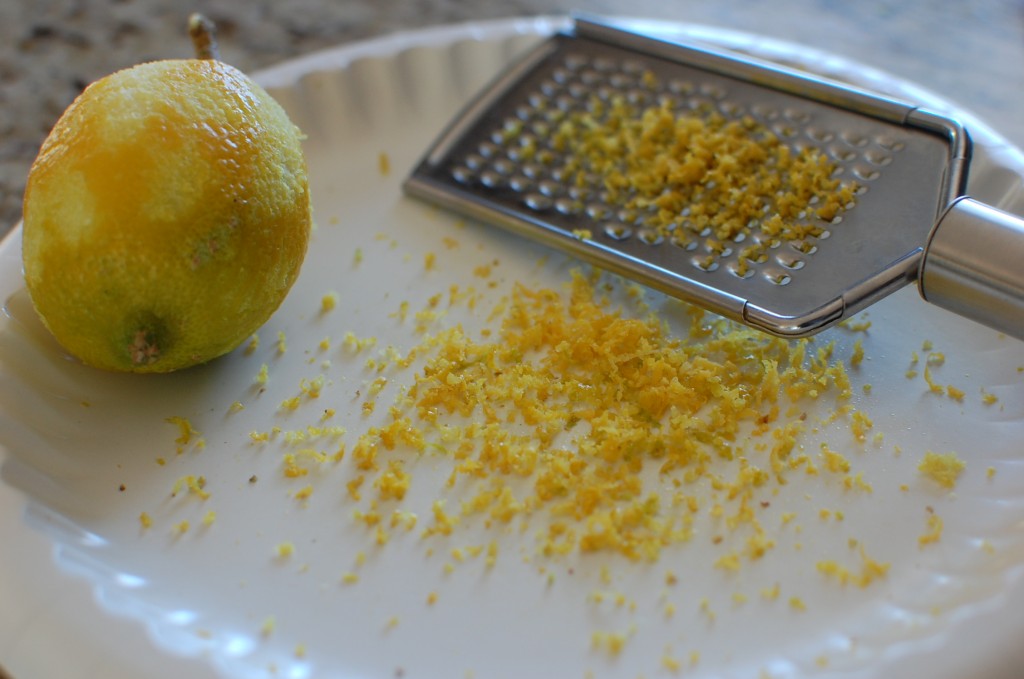
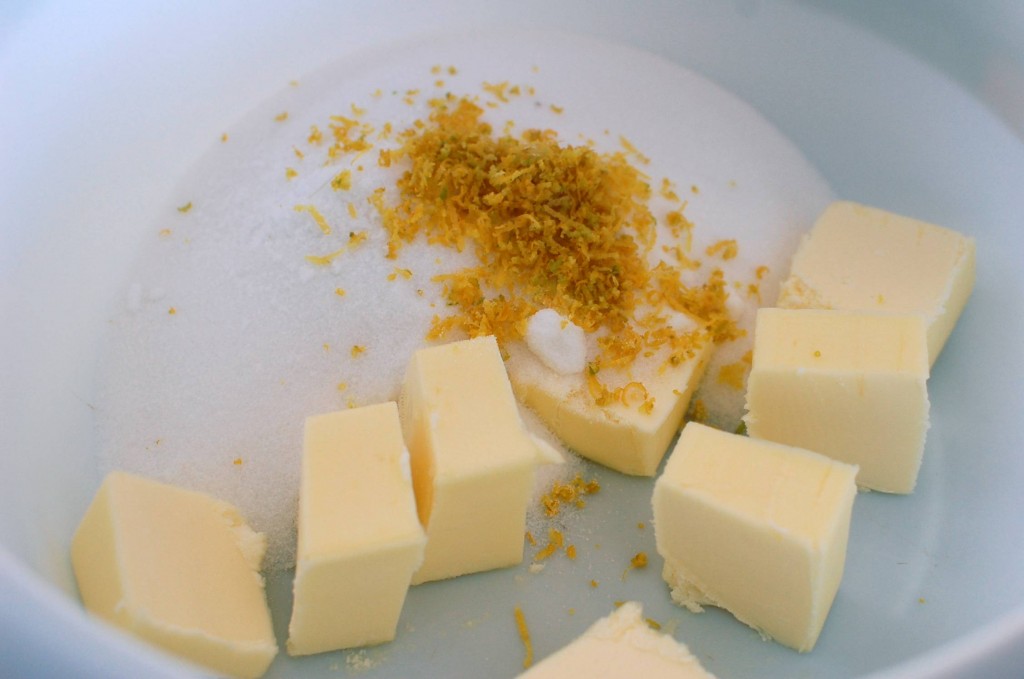
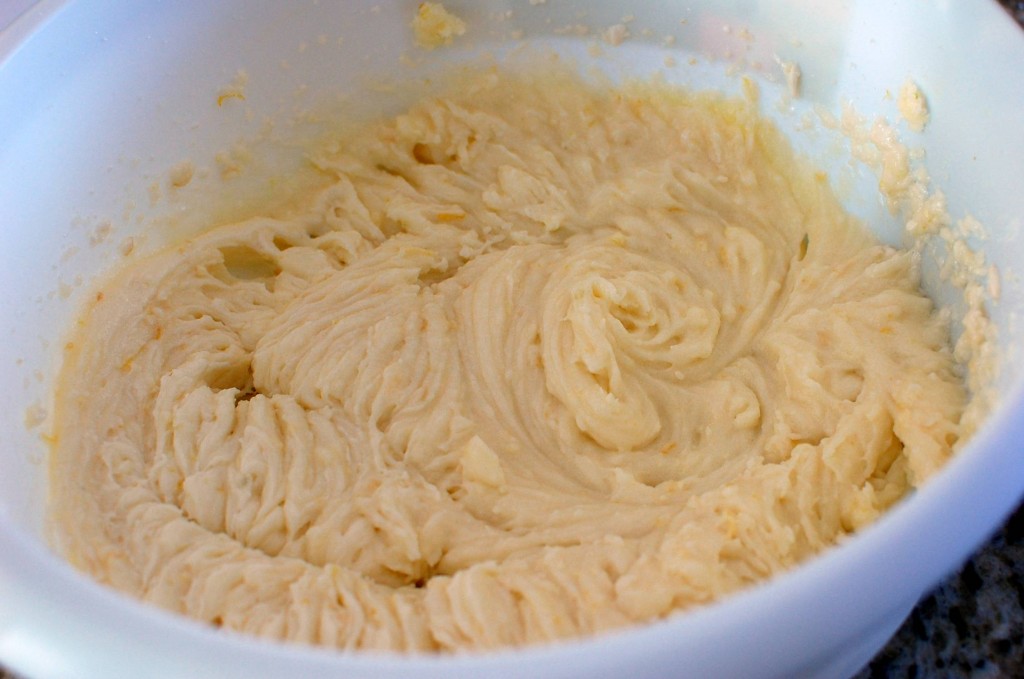
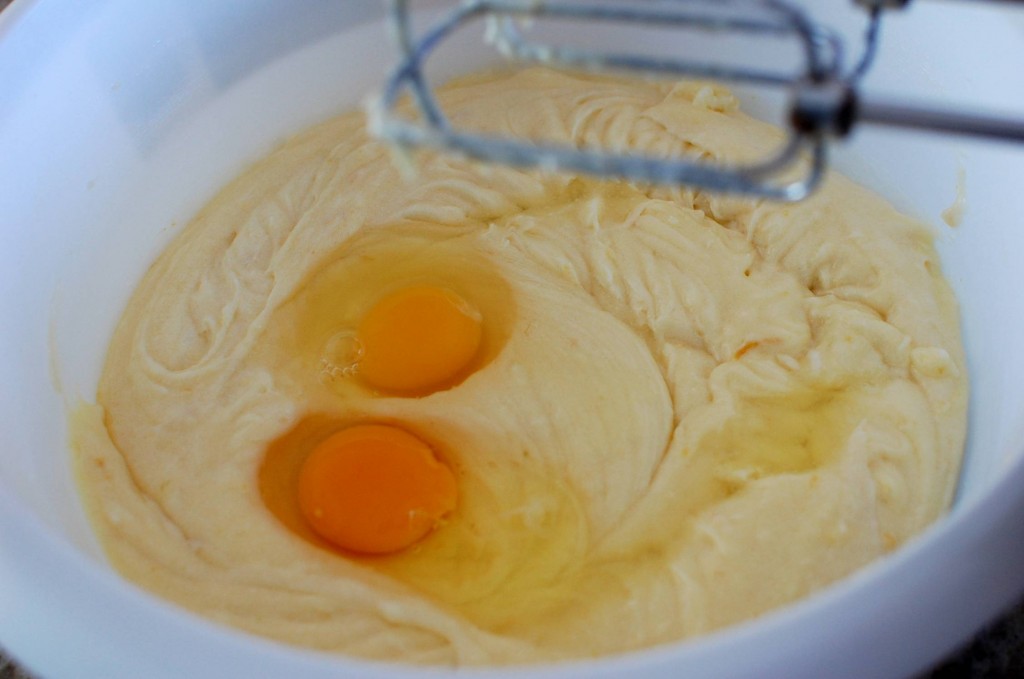
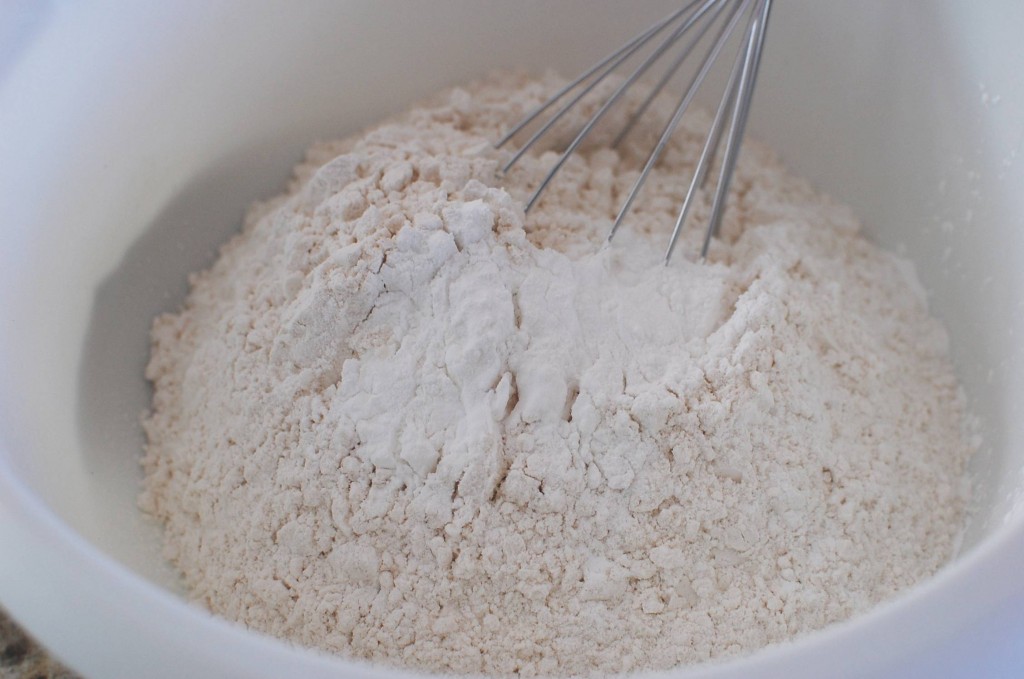
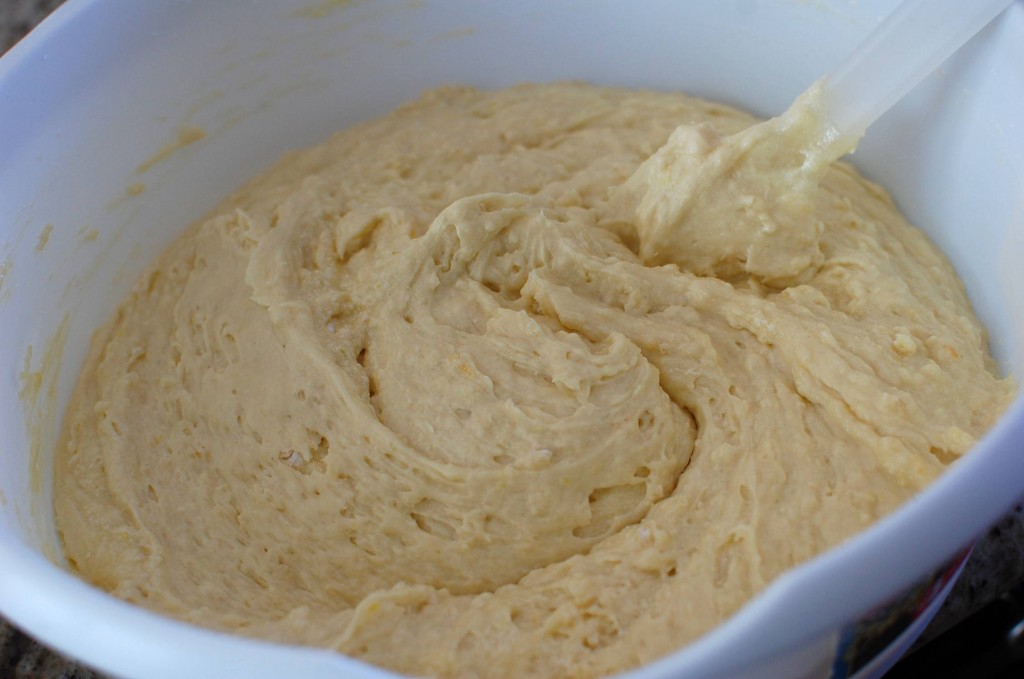
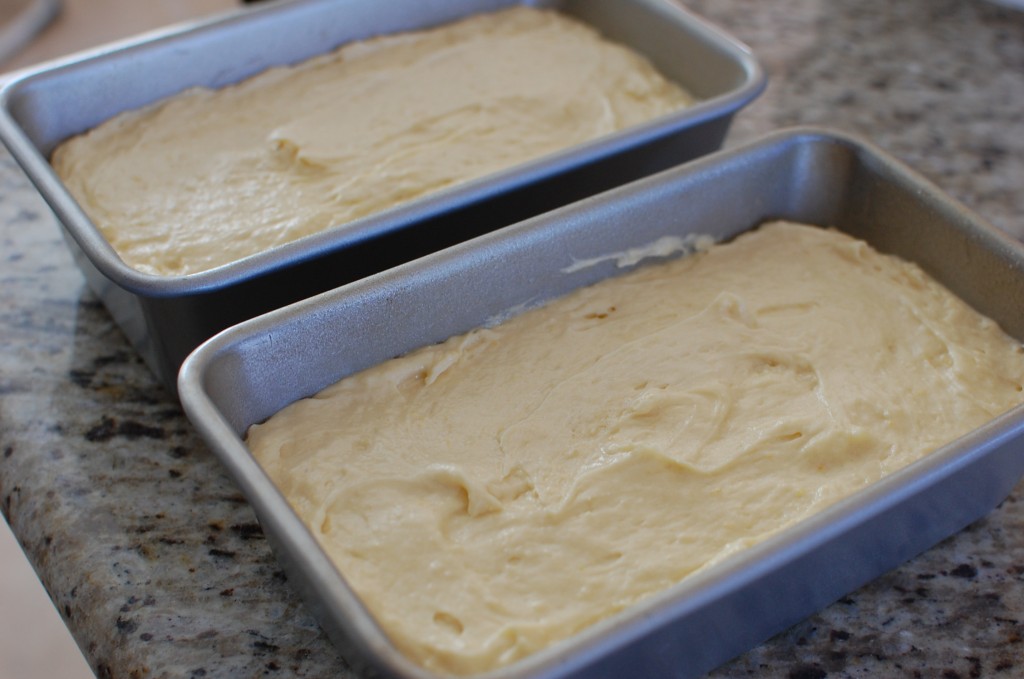
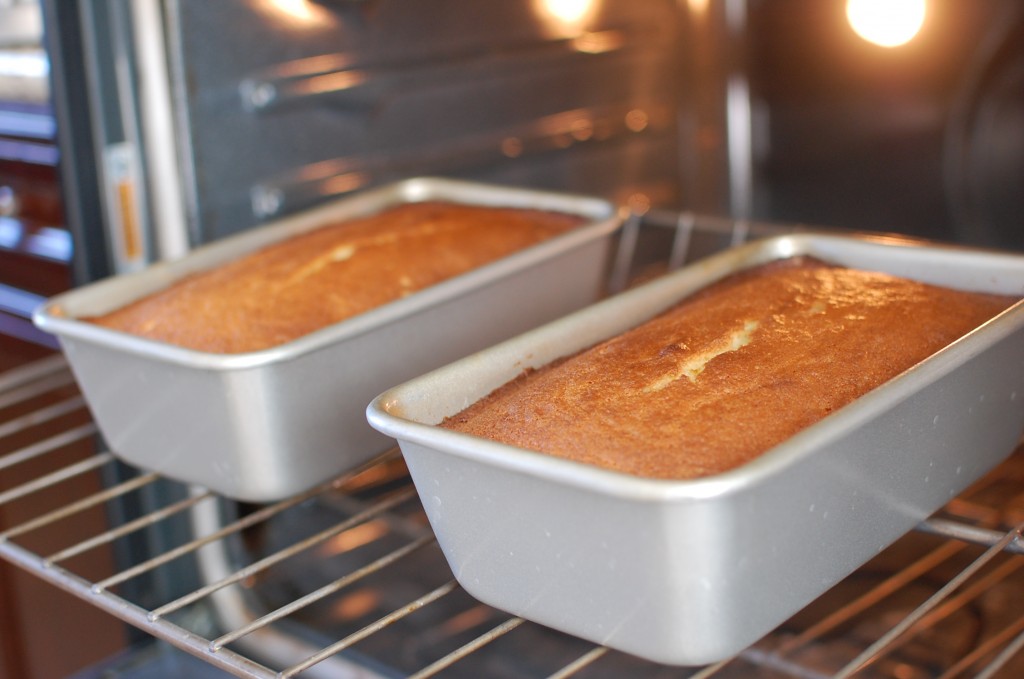
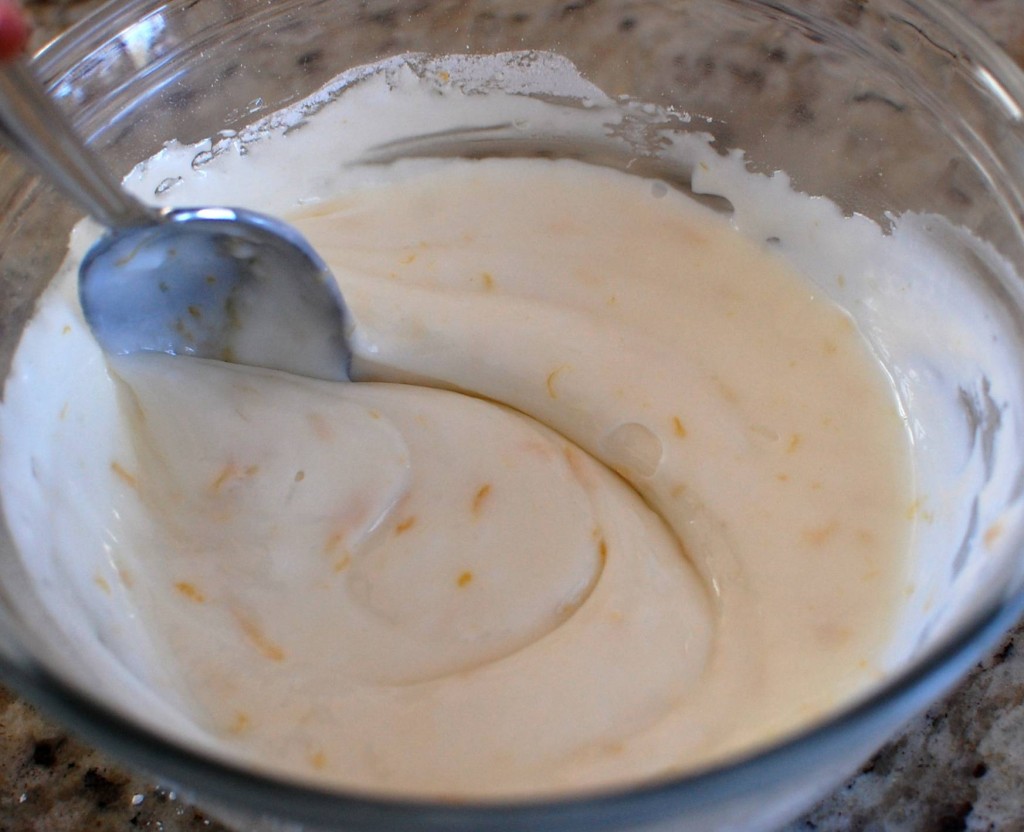
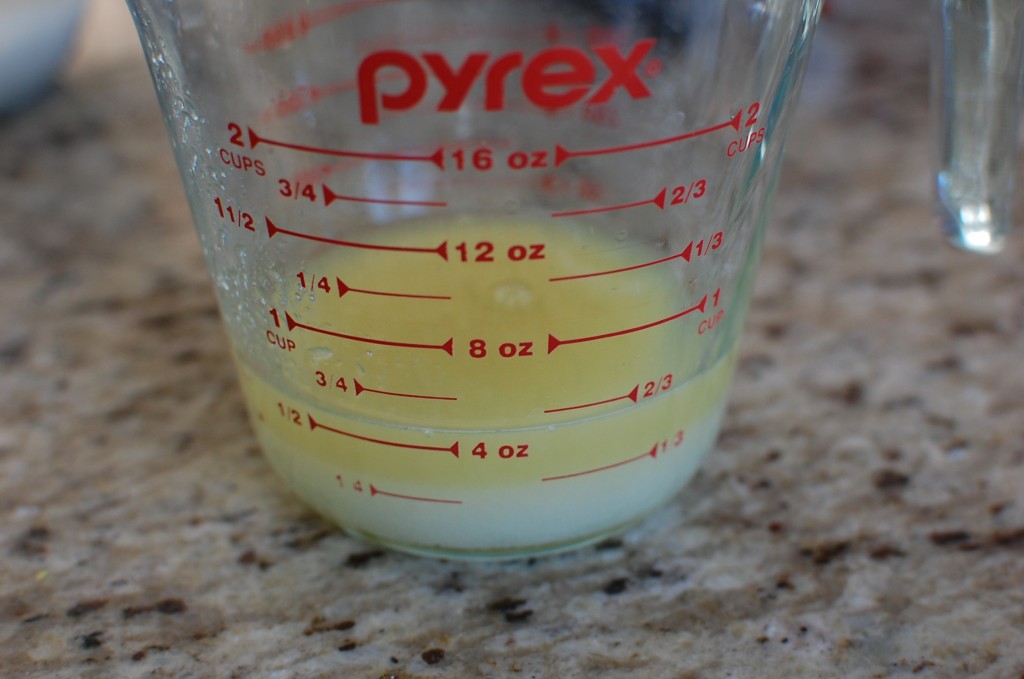
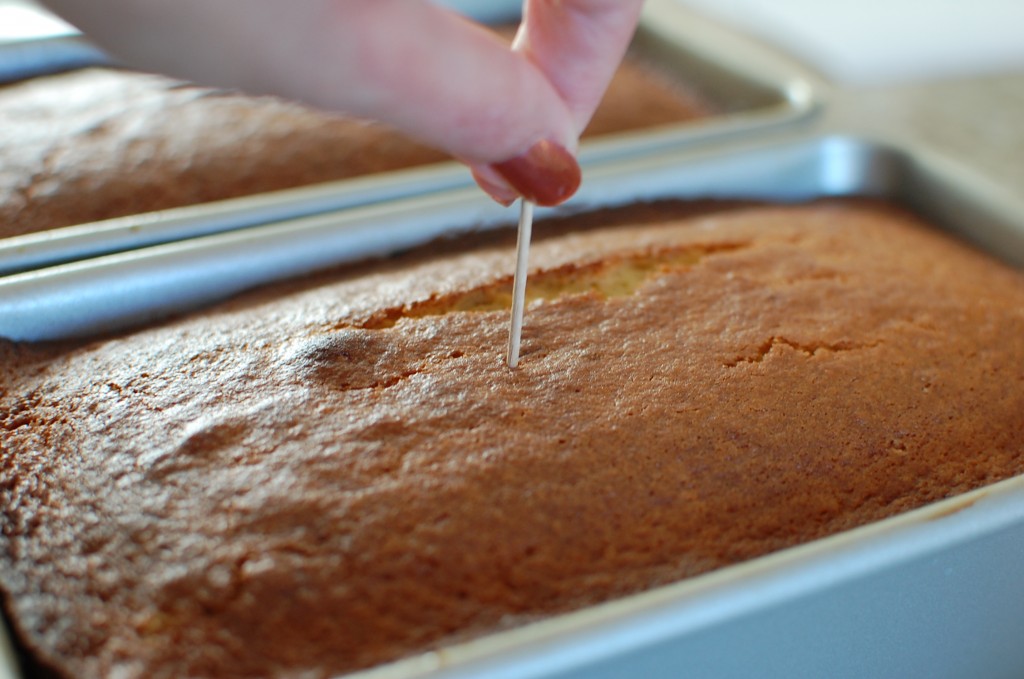
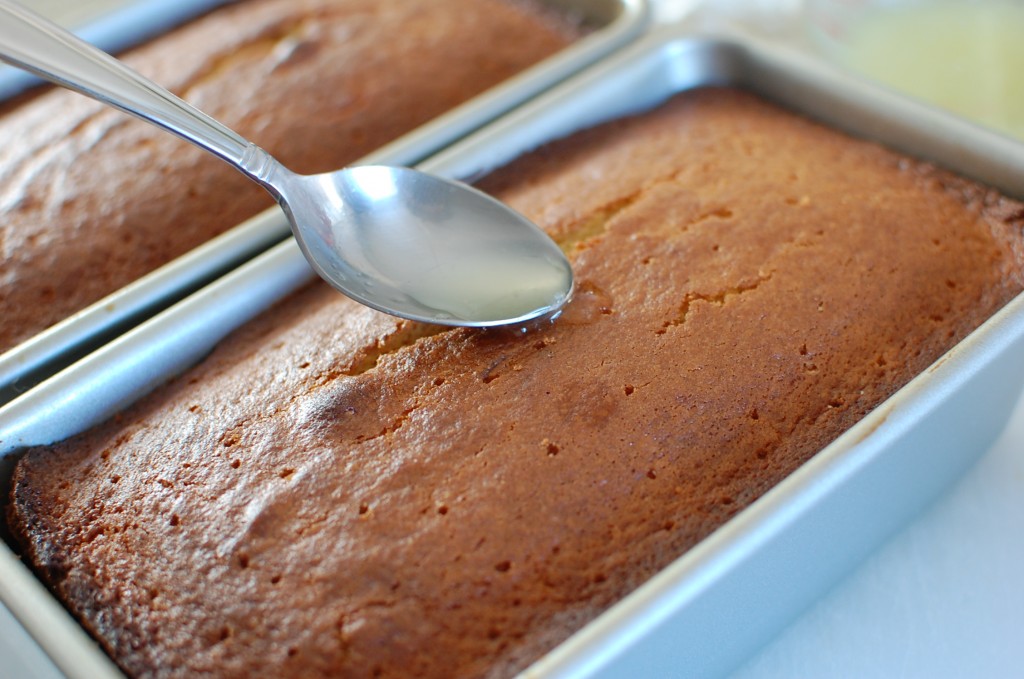
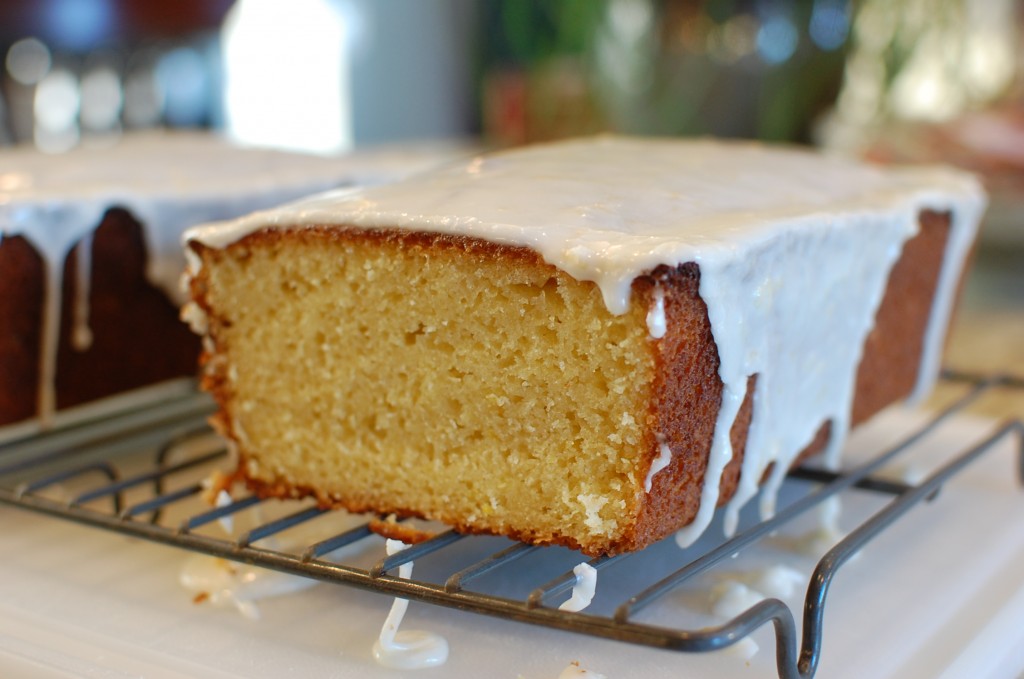


Wow, my mouth is watering just looking at the picture. Yumm.
Thanks!
One of my favorite things at Starbucks. I’ve been looking for a from-scratch version instead of the ones from a mix – I agree, a mix doesn’t get you that somewhat dense texture the real loaf has. Going to make this tomorrow with some Meyer lemons.
Let me know how it turns out for you!
Just tried this tonight and it’s absolutely delicious! I must have done something wrong along the way because the centre caved in once I took it out of the oven, but it didn’t affect the flavour one bit.
Thank you for posting the recipe!
It sounds like your cake was maybe slightly underdone… your oven may not heat evenly, or the same as mine, and outside temperature can also make a difference. Make sure you start with a pre-heated (not cold) oven. Also, next time you might try baking it about 5-10 minutes longer to make sure it is done enough so that doesn’t cave in. Make sure that when you insert a clean wooden toothpick or skewer into the center of the loaf to check, that it comes out clean when you remove it. Hope this helps!
Thanks, Mika! I’m planning to make it again next week so I’ll try your suggestions and let you know how it went.
In the meantime, we just ate around the middle. Too good not to!
I followed the recipe…and the only change was that I replaced 1/3c of oil with natural yogurt (I do this ALL the time when I bake…which is A LOT)….however, the loaves all went concave in the middle about 1/2 way through baking, and never recovered. The loaves are completely baked, toothpick is clean….so what happened? I have a hard time believing it is the yogurt….I have been doing this replacement in all my recipes for about 5 years now…..any ideas?
I’m not sure what happened for you. This recipe works for me all the time, without any problems. I don’t substitute ingredients in this recipe though – it took several attempts for me to perfect this recipe, and once that process is finished, I generally don’t try to change things around. There are a number of things that could have gone wrong, and I can’t say for sure what it was.
However, by changing the recipe, you did introduce more moisture (water) into the batter (with much less fat) and changed the chemical structure of the cake. Fats and oils are hydrophobic, water is of course the opposite (hydrophilic). So chemically, they do not react the same. It certainly could be the problem, since this is not a “cake mix” style cake, but a pound cake – which differs greatly from what we think of as a standard “cake”. So the substitution might not give you the results you have come to expect.
In addition, you also have to think about the pH of the batter. Baking powder reacts with itself to create lift (you just add water and heat to catalyze the reaction), baking soda reacts with acid. So there is a balance of leavening vs. pH (acid/alkali) that you also must consider. Lemon juice is acidic, which is why some baking soda is called for in this recipe. Adding more acid to the batter can throw off the pH balance of the recipe, wrecking havoc with your leavening. Yogurt is quite acidic, with a pH in the 4.5 range – so by using yogurt instead of oil, you did decrease the pH of the batter – which can absolutely affect how the cake will rise.
When you make substitutions in baking recipes, you do need to consider these things. Some recipes are very forgiving with substitutions, some are not. In general, if a recipe calls for acidic ingredients (such as lemon), and I see a ratio of baking soda:baking powder called for, then I know there is a pH issue to consider – and tread carefully. Sometimes it works out, sometimes it doesn’t. In general, I try not to reduce the fat in cake recipes too much, because the outcome is usually not as good texture-wise, and the structure can fail. Same with sugar. Baking is more like organic chemistry than it is like art – so changing the chemical structure of the batter will affect the chemical structure and outcome of your final product.
The other things you might consider are the temperature of your oven, the freshness of your baking powder & baking soda, and any other substitutions that you may have made. Did you use butter, or did you substitute with something like shortening or margarine? Both will react differently. If either of your leavening ingredients went flat, then it could also affect the rising. Too much leavening can also cause a cake to collapse – so make sure you measure exactly, leveling off measuring spoons with a straight edge. (Use measuring spoons always, do not use teaspoons or tablespoons from your cutlery set – as those do not hold a standard volume.) If your oven runs too hot or too cold, that can also cause issues. I usually leave a ceramic pizza stone in the bottom of my oven when baking to help keep the temperature stable.
Hope this helps, and good luck next time!
That was a colossal waste of time I followed the recipe as others did, passed the clean toothpick test and got a caved in mess of lemon mess. Even if it hadnt caved in, I don’t believe thie consistency of the bread/cake was going to be anywhere near the “Starbucks” lemon loaf. I will try another completely different recipe.
I followed the recipe as others did, passed the clean toothpick test and got a caved in mess of lemon mess. Even if it hadnt caved in, I don’t believe thie consistency of the bread/cake was going to be anywhere near the “Starbucks” lemon loaf. I will try another completely different recipe.
Hi Tricia,
I want to thank you for your feedback on my recipe. I was puzzled as to why it didn’t work out for you, since I make this pound cake all the time… and it usually works out great for me. So I double checked what I have written down in my notebook vs. what I posted online, and I realized that I must have accidentally posted one of my experimental versions… not the final (good) version. Without your comment, I probably wouldn’t have discovered the mistake… so I’m very grateful that you took the time to let me know. This morning, I fixed the error, and posted the correct version on my blog.
I’m sorry that you wasted your time (and ingredients) due to my mistake. It always irritates me when that happens to me, so I just wanted to tell you how sorry I am! If you would like to try the corrected version, I would love to hear your feedback.
Thanks, again for your comment.
Evidently your corrected version is a winner! I recently made this cake, followed your directions exactly and it turned out great! Thanks for the recipe
Glad to hear it!
Hi MIka, I am going to try your recipe. I have tasted the starbuck’s one and I was deligthed. I hope I could follow your recipe correctly and get an excelent result. I am not an english speaker, could you please help me with this ingredient: 1/2 c. mayo??? It is a 1/2 cup of what?? Thanks!!
“mayo” is short for “mayonnaise”. It’s a condiment, spread on sandwiches – made from oil, lemon juice, and eggs. (Do not substitute with miracle whip!)
Hi Mika
I would like to make just 1 loaf. Shall I halve the recipe?
Yes, you can halve the recipe.
Just wondering…is the recipe above the corrected version?
Yes, it is. I made sure!
Thanks! Can’t wait to try it!!
Hi! Can i bake this in a 9×13 pan instead? I do not have a loaf pan. Thanks!
I’ve never tried to bake it in a 9X13 pan… you could try it and see how it turns out. It may bake faster, though, so check it early.